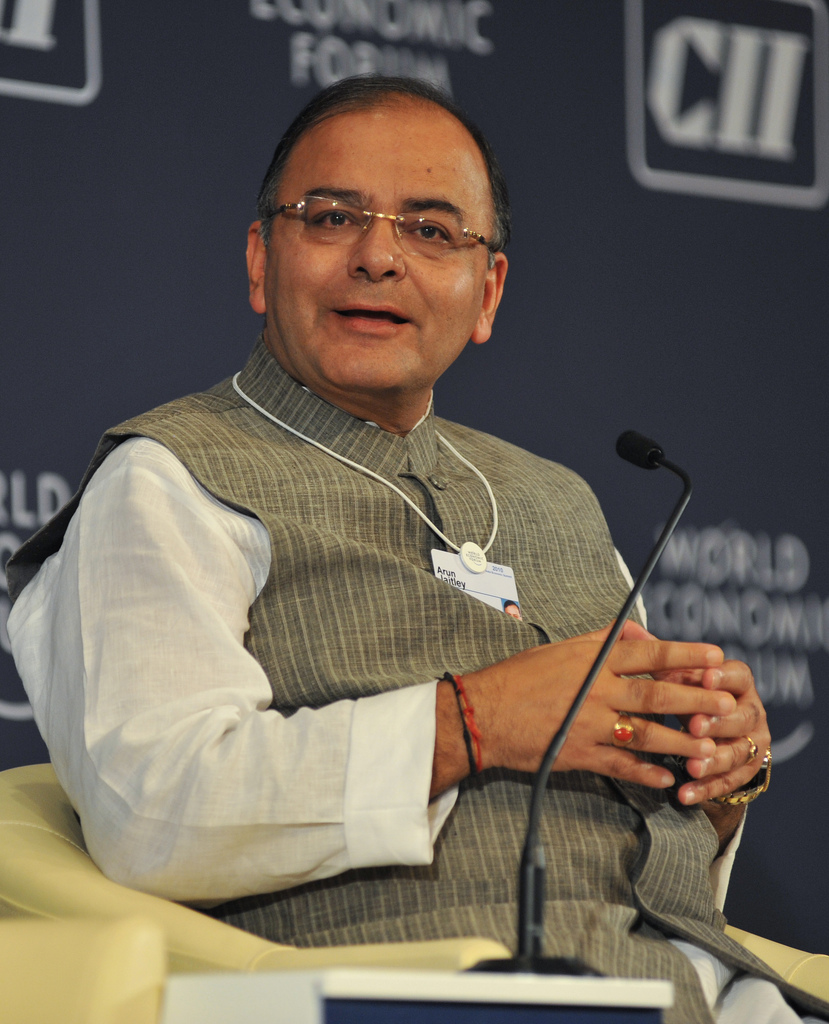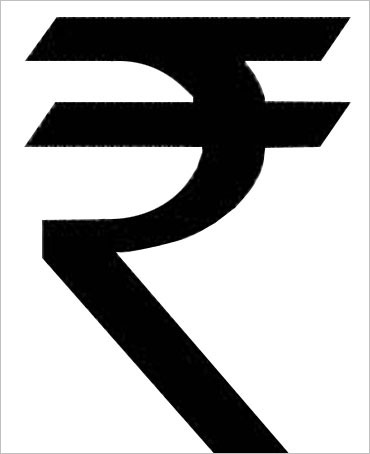
The Economic Survey released on February 26 had a very interesting number in it. It pointed out that between 2009-2010 and the first half this financial year, the government had infused a capital of Rs 1.02 lakh crore into public sector banks.
And it ain’t done with it as yet. As finance minister Arun Jaitley said in his budget speech earlier today: “We are now confronted with the problem of stressed assets in Public Sector Banks, which is a legacy from the past. Several steps have already been taken in this regard…To support the Banks in these efforts as well as to support credit growth, I have proposed an allocation of Rs 25,000 crore in 2016-17 towards recapitalisation of Public Sector Banks. If additional capital is required by these Banks, we will find the resources for doing so. We stand solidly behind these Banks.”
This means that the government will continue to pour money into public sector banks. Jaitley has clearly said that the government will invest as much money as it takes in order to recapitalize public sector banks.
The stressed loans of public sector banks as on September 30, 2015, stood at 14.2% of the total loans. Hence, for every Rs 100 of loans given by public sector banks, Rs 14.2 has either been declared to be a bad loan or has been restructured. In March 2015, the stressed assets were at 13.15%.
A restructured loan essentially implies that the borrower has been given a moratorium during which he does not have to repay the principal amount. In some cases, even the interest need not be paid. In some other cases, the tenure of the loan has been increased.
Further, the public sector banks have been under-declaring their level of bad loans by restructuring loans and kicking the can down the road. Nearly 40% of the restructured loans have gone bad over the last two to three years. This means many restructured assets will continue to go bad in the years to come.
With bad loans and restructured assets accumulating the public sector banks will continue to need fresh infusion of capital. Also, estimates made by the PJ Nayak Committee suggests that between January 2014 and March 2018 “public sector banks would need Rs. 5.87 lakh crores of tier-I capital.” The committee further said that: “assuming that the Government puts in 60 per cent (though it will be challenging to raise the remaining 40 per cent from the capital markets), the Government would need to invest over Rs. 3.50 lakh crores.”
The government on the other hand estimates that “the capital requirement of extra capital for the next four years up to FY 2019 is likely to be about Rs.1,80,000 crore.”
Both the estimates are very large and have the potential of really screwing up the fiscal deficit number of the government in the years to come. Fiscal deficit is the difference between what a government earns and what it spends.
This is a clear impact of the government continuing to own 27 public sector banks. Narendra Modi in the run up to the 2014 Lok Sabha elections had promised “minimum government maximum governance”. This promise has clearly gone out of the window. It is visible in the fact that the government continues to own so many public sector banks.
The tendency in the government is to look at shares of public sector companies as family silver. And given the bad state of the stock market currently, this family silver cannot be sold.
But the trouble is that any government can only do so much. And given the problems that the Indian economy is currently facing, this government is clearly overextending itself in trying to save each and every public sector bank.
Jaitley also taked about operationalising the Bank Bureau Board in 2016-2017. This Bureau expected to search and select heads, wholetime directors and non-executive chairmen of public sector banks. The idea is to professionalise the public sector banks.
Jaitley further said: “The process of transformation of IDBI Bank has already started. Government will take it forward and also consider the option of reducing its stake to below 50%.” Does this mean privatisation of IDBI Bank? It doesn’t seem like that.
Recently, IDBI Bank made public, plans of raising Rs 1500 crore from the Life Insurance Corporation(LIC) of India. LIC currently owns 7.25% of the bank. With this new issue of shares, the LIC holding in the bank will increase to around 19%. If this is the route that Jaitley plans to reduce the stake of the government below 50% in IDBI Bank, then this can’t be really called privatisation. It is essentially moving money from one arm of the government to another arm, something the Congress led UPA government used to specialize in.
The moot question is why does the government need to own 27 public sector banks? It’s social sector obligations can easily be fulfilled by continuing to own SBI and a few other banks, depending on which bank is strong in which part of the country.
In his speech Jaitley also talked about bringing a comprehensive legislation for tackling the Ponzi scheme menace, though he did not use the word Ponzi anywhere. It is difficult to comment on this right now given that no details are known. Nevertheless, it will be interesting to see how different this new legislation will be from the ones already in place and whether it will actually lead to the number of Ponzi scheme launches coming down.
Jaitley also talked about the government facilitating the deepening of corporate bond market, in his speech. This is something several finance ministers have talked about in the past. He also talked about amending the RBI Act 1934 to provide a statutory basis for Monetary Policy Committee. Once the Committee is in place the decisions on repo rate changes will be made by the Committee, instead of just the RBI Governor, as is currently the case.
(Vivek Kaul is the author of the Easy Money trilogy. He tweets @kaul_vivek)
The column originally appeared on SwarajyaMag on February 29, 2016

